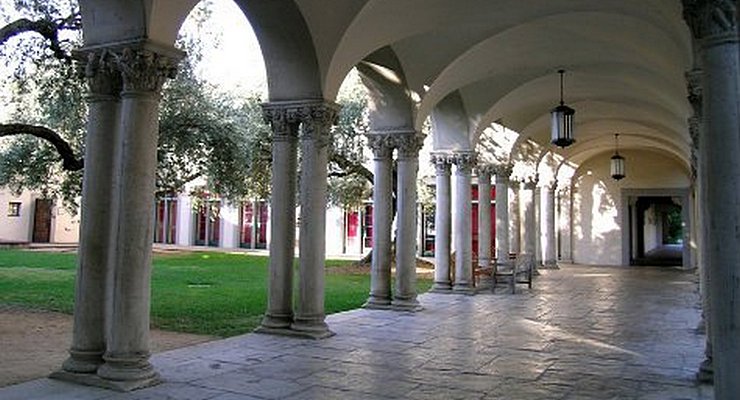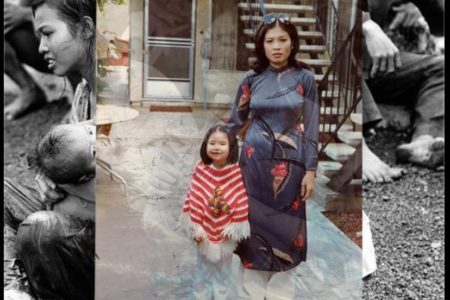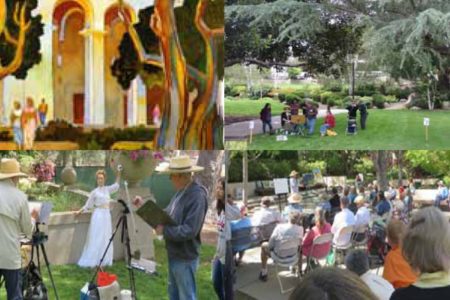
Caltech in Pasadena has long been the bastion of cutting edge research, world renowned laboratories and science, both pure and applied.
The buildings that house these world class facilities are part of a rich architectural heritage cereated by preeminent architects like Bertram Goodhue, Myron Hunt and Elmer Grey, who all left their mark on the iconic campus.
This Saturday, Oct. 29, history and architecture docents will lead a free guided tour through the Caltech campus to explore “noteworthy and innovative art and architecture, and learn about the groundbreaking research that takes place inside these distinguished structures.”
History of Architecture at Caltech
Founded in 1891 as Throop University (named after Amos Gager Throop), the original building was constructed in the Wooster Block at the southeast corner of Fair Oaks Avenue and Green Street.
In 1910, Caltech moved from what is now known as Old Pasadena to a 22-acre quiet campus bordered by California Boulevard, Wilson Avenue, San Pasqual Street and Hill Avenue.
The first building that was built at the site is the Pasadena Hall, which was later renamed as Throop Hall.
“That building was the central building on campus for 61 years until an earthquake in 1971, which damaged it, and it was demolished the year after,” Peter Collopy, University Archivist and Head, Archives and Special Collections at Caltech said. “That building doesn’t exist anymore.”
The current site of that building is now a turtle pond, according to Collopy.
The oldest structure at Caltech is the Parsons-Gates Hall of Administration which was originally called Gates Laboratory of Chemistry. The building opened in 1917.
What people can see at the campus when they visit is a mix of historic and modern architecture.
Collopy said most of Caltech’s oldest buildings built from 1917 through 1920s feature the “spanish colonial revival architecture.” They are works of Bertram Goodhue and his firm.
Buildings that were built in the 1960s, he said could be characterized as “brutalist architecture” that involve the use of exposed concrete, said Collopy.
“There are buildings built more recently – my office is in a building called the Beckman Institute, which was built in 1990, which uses a lot of concrete, but refers back to the colonial mission architecture on a bigger scale,” he said.
The newest buildings including the Chen Institute for Neuroscience completed sometime in 2020 uses more glass and feels like “a building from the present.”
“There’s this core set of buildings that really fit together visually that were built in the 1920s and into the 1930s. And then there are more recent buildings that really demonstrate the styles of their own times,” added Collopy.
To learn more about the campus and the origins of its academic buildings, join a special guided tour through the Caltech campus this October 29 from 8:30-10:30 a.m.
Coffee and tea service will be provided prior to the start of the tour. The total distance is approximately 1⅓ miles and includes flights of steps. Tour will last 60-90 minutes.
The event is part of the Pasadena Walktober 2022, made possible by the Pasadena Department of Transportation.
To RSVP for the event, visit:
https://www.eventbrite.com/e/guided-tour-of-caltechs-historic-campus-tickets-416969024577






